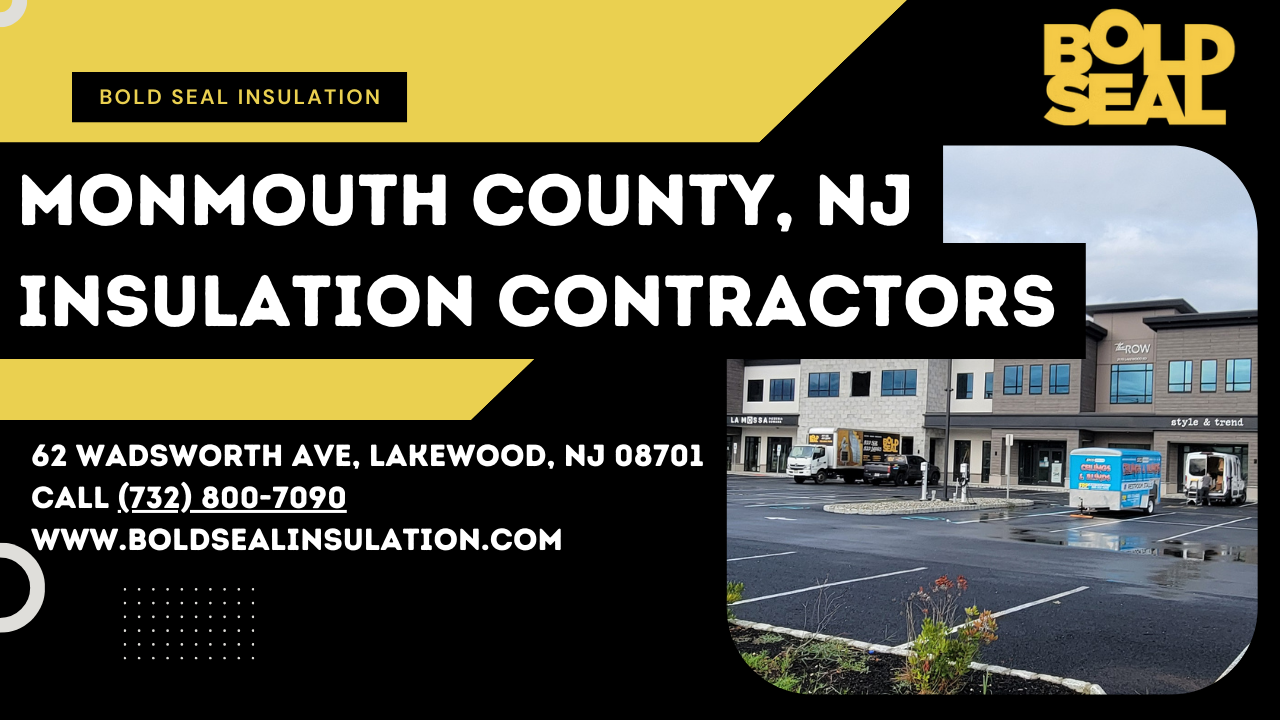Choosing the right insulation for your home or building is crucial for energy efficiency, comfort, and long-term cost savings. This comprehensive guide explores various insulation types, their ideal applications, and factors to consider for optimal performance. Get ready to become an insulation expert!
Understanding Insulation
Insulation's primary role is to impede heat transfer, keeping your home warm in winter and cool in summer. This is measured by its thermal resistance, or R-value. A higher R-value signifies better insulation. Several factors, including insulation thickness and material density, influence the R-value. Choosing the right insulation type ensures optimal thermal performance and energy savings. Understanding the R-value is key to making informed decisions about your home's energy efficiency and heat transfer management. This contributes to improved comfort and lower energy bills.
Types of Insulation for Different Areas
Different areas of a building have unique insulation requirements. Let's explore the best options for each:
Attic Insulation
Attics, often susceptible to extreme temperature fluctuations, benefit from high-performance insulation. Options include loose-fill cellulose, fiberglass batts, and spray foam. Radiant barriers, reflective materials that reduce heat transfer, are also effective in hot climates. Proper attic insulation is crucial for wall insulation maximizing energy efficiency and reducing heat gain in summer and heat loss in winter. Remember to consider the overall thermal performance and how to manage moisture for optimal results.
Wall Insulation
Wall insulation prevents heat loss in winter and heat gain in summer, contributing to a more comfortable and energy-efficient home. Common options include fiberglass batts, spray foam insulation, and rigid foam boards. The choice depends on whether you're insulating existing walls (retrofit) or new construction. Batt insulation is easy to install in wall cavities, while spray foam offers superior air sealing and thermal performance. Proper installation is crucial to prevent thermal bridging and maximize energy savings.
Floor Insulation
Insulating floors minimizes heat loss to the ground, especially in colder climates. Rigid foam boards are a popular choice for their high R-value and resistance to moisture. Loose-fill insulation can be used in crawl spaces, while batt insulation can be installed between floor joists. Careful consideration of thermal bridging is critical to prevent heat transfer through the floor structure and maintaining indoor comfort.
Crawl Space Insulation
Crawl spaces require insulation that addresses both thermal and moisture control. A vapor barrier is essential to prevent moisture buildup and mold growth. Insulation options include rigid foam boards and loose-fill cellulose. Proper ventilation is also critical to maintain a healthy and dry crawl space. Addressing both thermal and moisture control will greatly enhance energy efficiency.
Basement Insulation
Basement insulation presents unique challenges due to potential moisture issues. High-quality air sealing is crucial before installing insulation. Options include rigid foam boards, spray foam, and batt insulation. Proper moisture control is paramount to prevent mold growth and maintain a healthy living space. Basement insulation not only improves energy efficiency but also enhances the overall comfort and air quality of your home.
Pipe and Duct Insulation
Insulating pipes and ducts minimizes heat loss from hot water pipes and prevents cold air leakage from ductwork. This improves energy efficiency and reduces heating and cooling costs. Flexible pipe insulation is available for pipes of various diameters, while duct insulation comes in various thicknesses to match ductwork size. This simple step contributes significantly to reducing energy waste and enhancing comfort.

Insulation Materials Overview
Several materials offer excellent insulation properties:
- Fiberglass: A cost-effective and widely available option, often used in batts and rolls. Cellulose: A sustainable material made from recycled paper, offering good thermal performance and fire resistance. Mineral Wool: An environmentally friendly option with excellent sound insulation properties. Spray Foam: Offers superior air sealing and high R-value, but requires professional installation. Rigid Foam: Excellent for both thermal and moisture control, suitable for various applications.
Factors Affecting Insulation Selection
Climate zone, building codes, and budget are crucial considerations. Thicker insulation provides better thermal performance but increases costs. Building codes often specify minimum R-values for different areas. Therefore, careful planning and consideration of your local climate, budget, and building codes are essential. Understanding local climate conditions is vital to selecting proper insulation thickness.
Installation and Cost Considerations
Insulation installation can be a DIY project or require professional help, depending on complexity. Costs vary widely based on the type and amount of insulation needed. Professional installation ensures proper application and maximized energy savings, even if it means a slightly higher upfront cost. Prioritize finding reputable installers to ensure quality and compliance with building codes.
Sustainability and Eco-Friendly Options
Sustainable building practices prioritize energy-efficient materials. Cellulose and mineral wool are eco-friendly choices. Many manufacturers offer recycled content or sustainable production processes. Opting for these materials reduces the environmental impact and promotes green building practices.
Common Misconceptions About Insulation
Many believe that insulation is solely for heat control. It also provides sound dampening and reduces condensation. However, improper installation can lead to moisture problems, and adequate air sealing is crucial for optimal results. Understanding both benefits and potential pitfalls helps in making well-informed choices. Always select and install your insulation according to recommended practices.
Insulation Maintenance and Repair
Regular inspections are crucial for identifying any signs of damage or deterioration. Repairing damaged insulation promptly maintains energy efficiency. Addressing insulation issues promptly prevents further energy loss and ensures maximum lifespan. Remember to consult professionals when needed for extensive repairs.
Innovations in Insulation Technology
The insulation industry is constantly evolving. New materials and technologies offer even higher R-values and improved sustainability. Staying abreast of these advancements leads to more efficient and environmentally responsible building practices. Explore the latest advancements to optimize building insulation performance.
In conclusion, choosing the right type of insulation for different areas is critical for maximizing energy efficiency, comfort, and long-term cost savings. By understanding the various options, considering the specific needs of each area, and following proper installation practices, you can create a home or building that is both energy-efficient and environmentally friendly. Start planning your insulation project today!